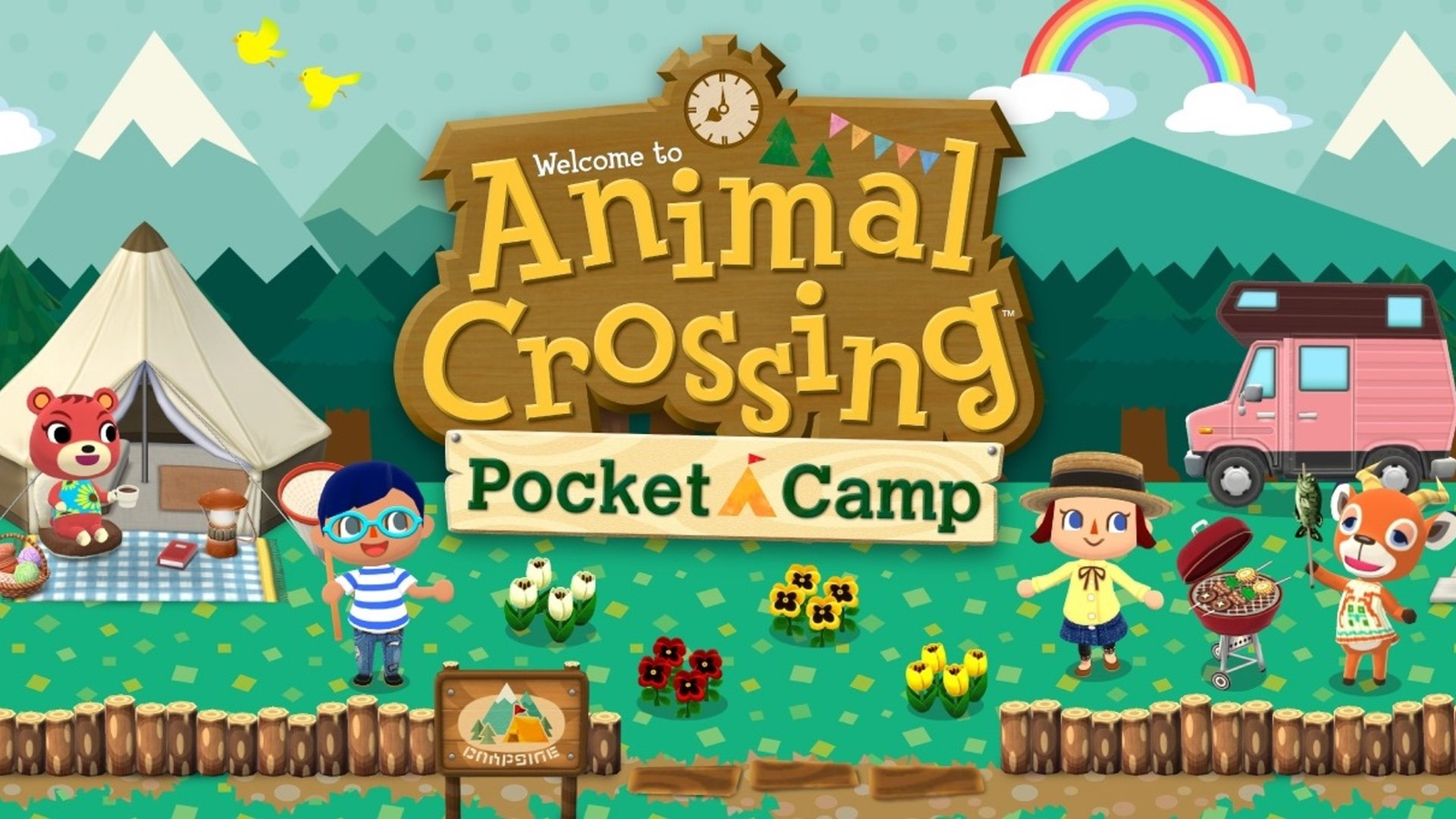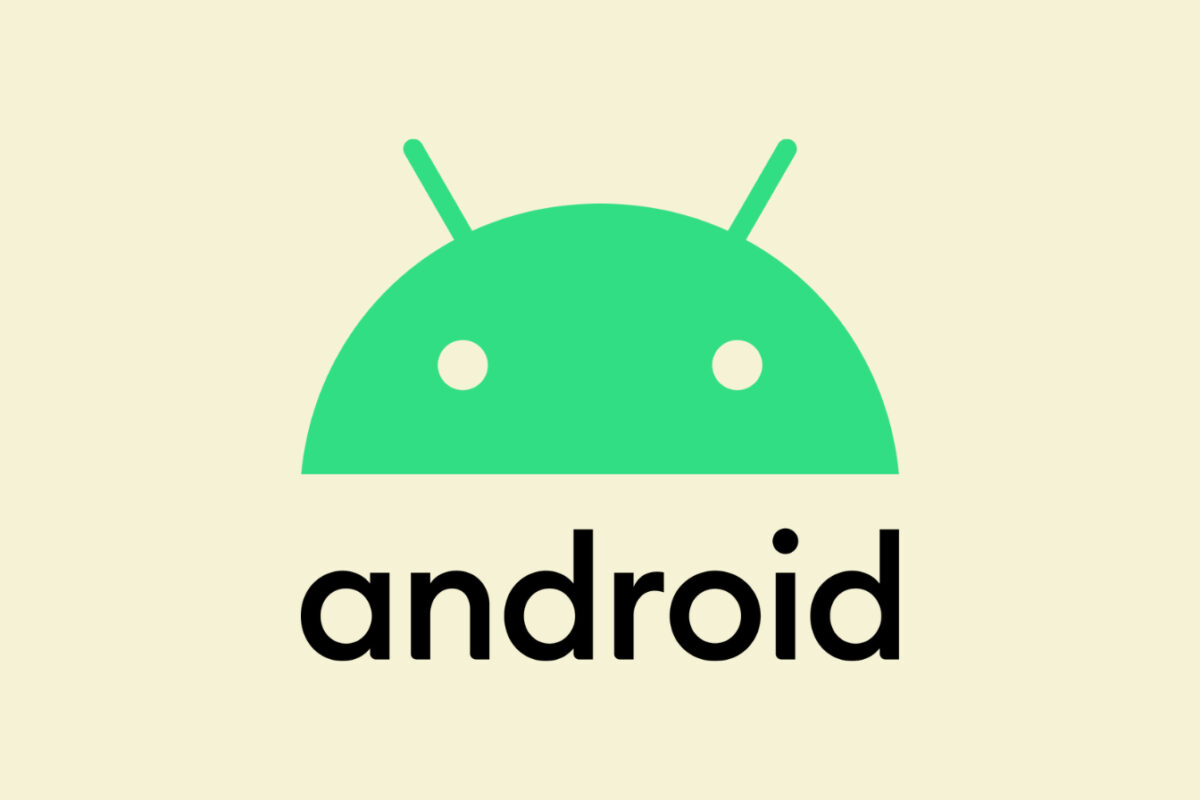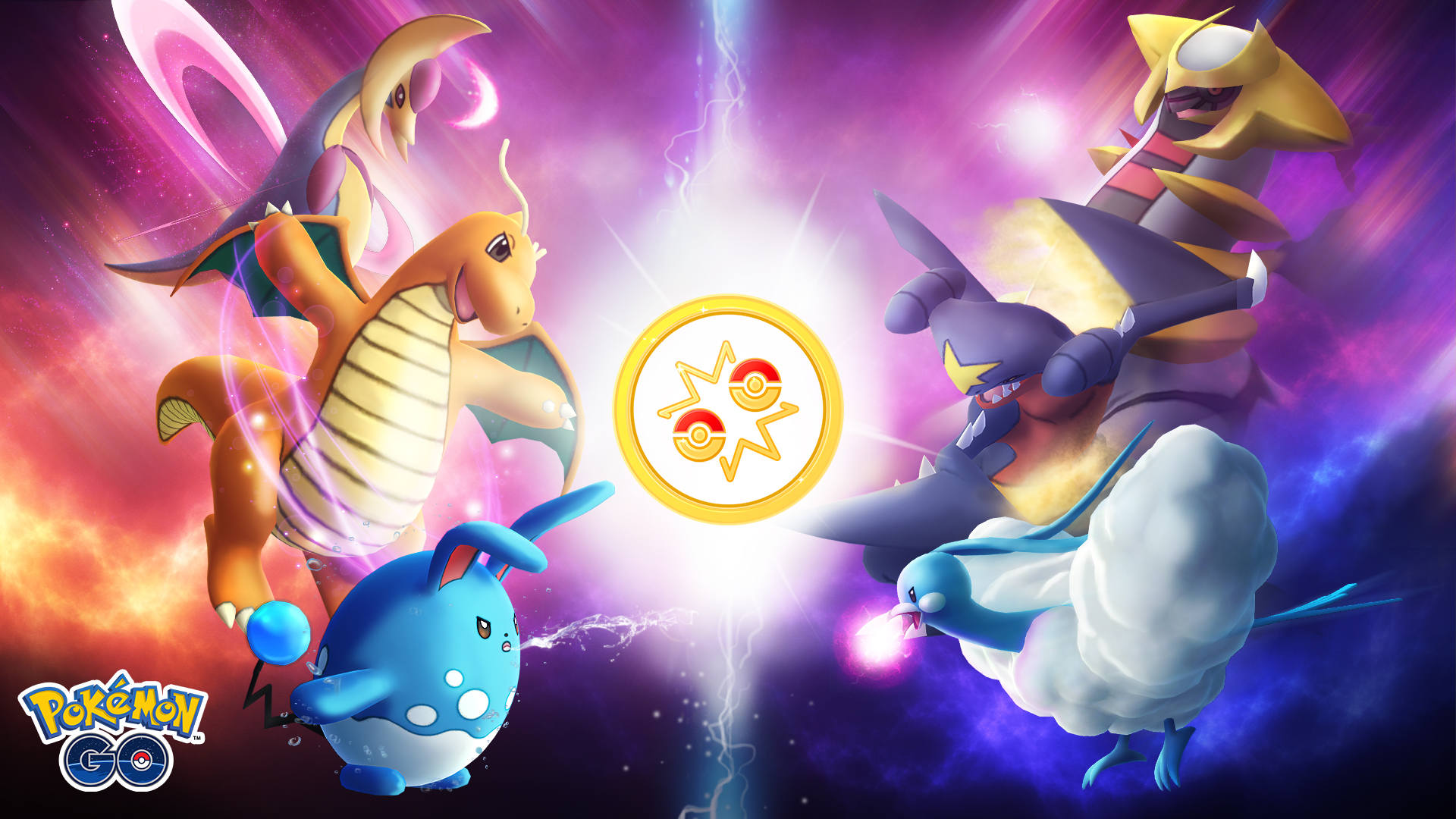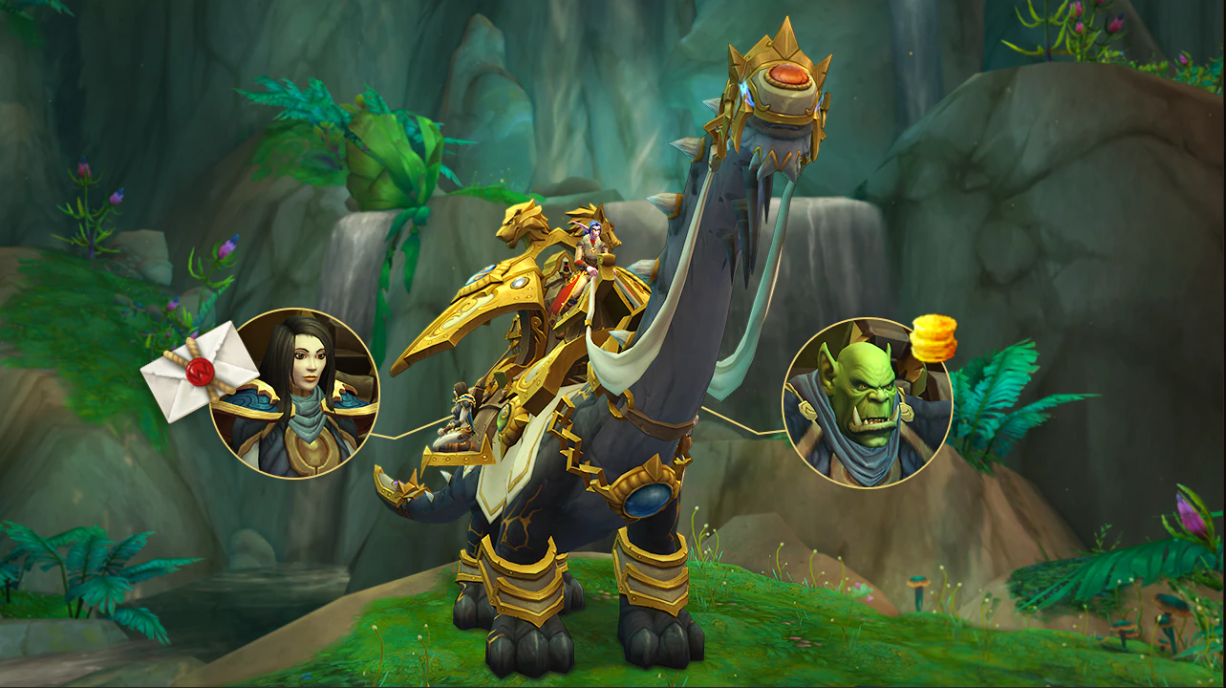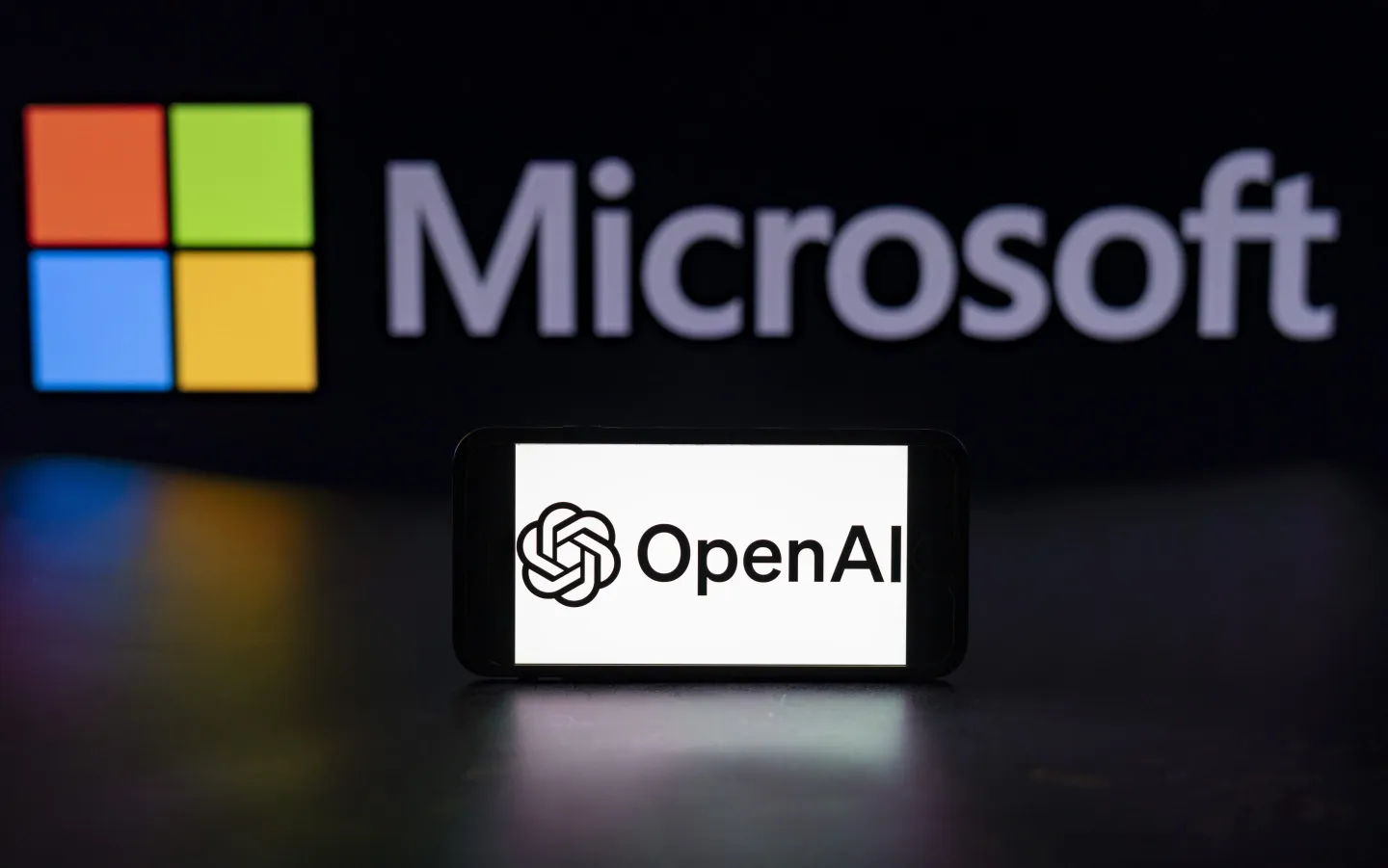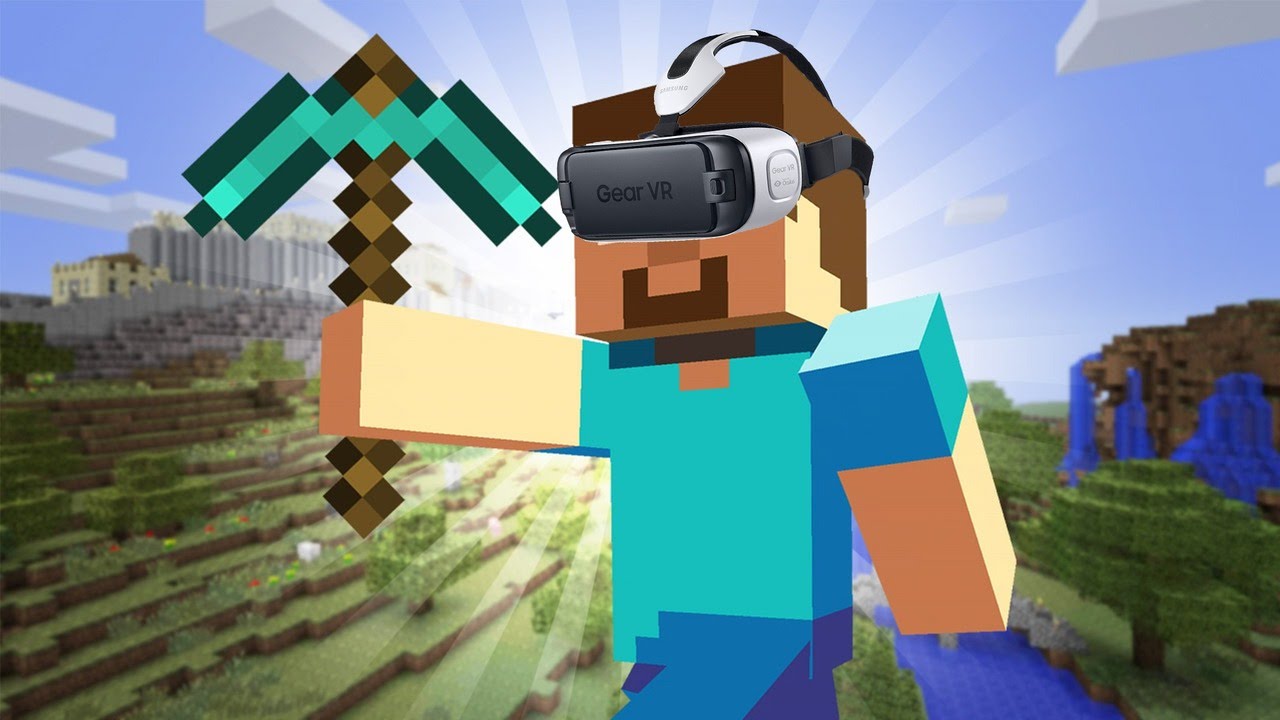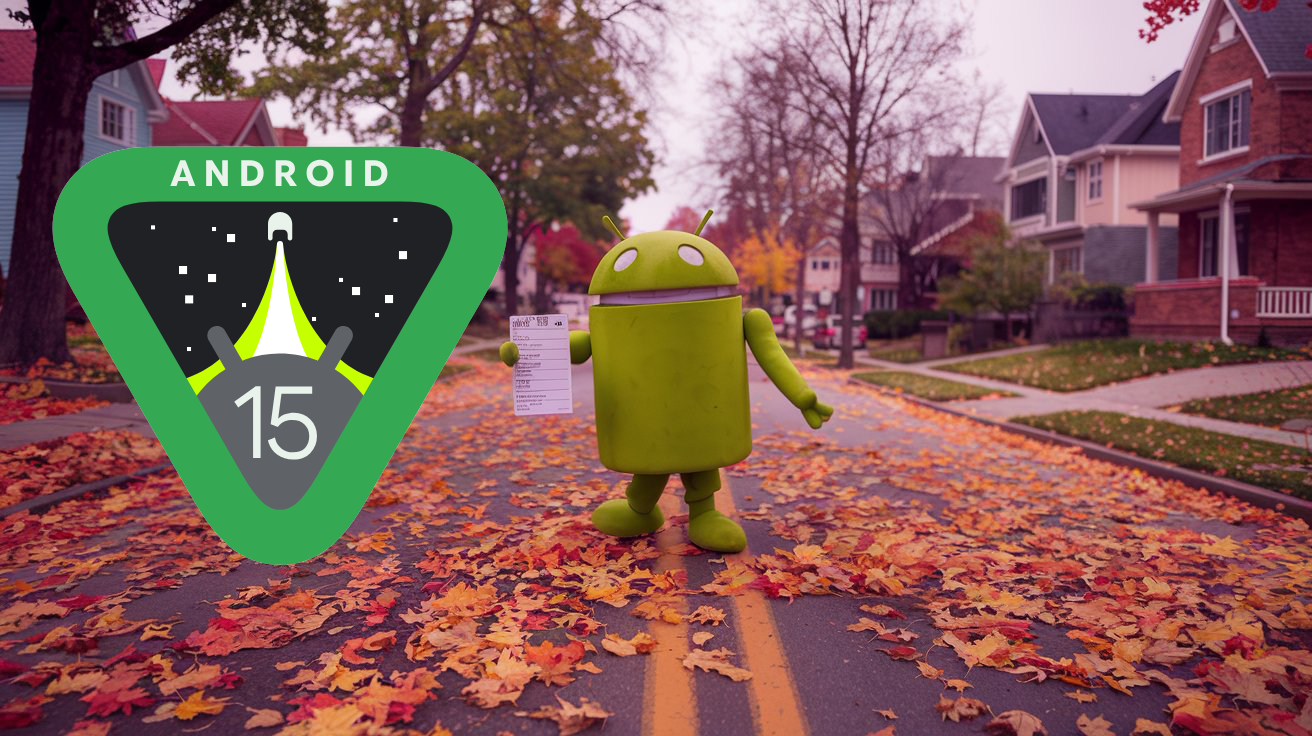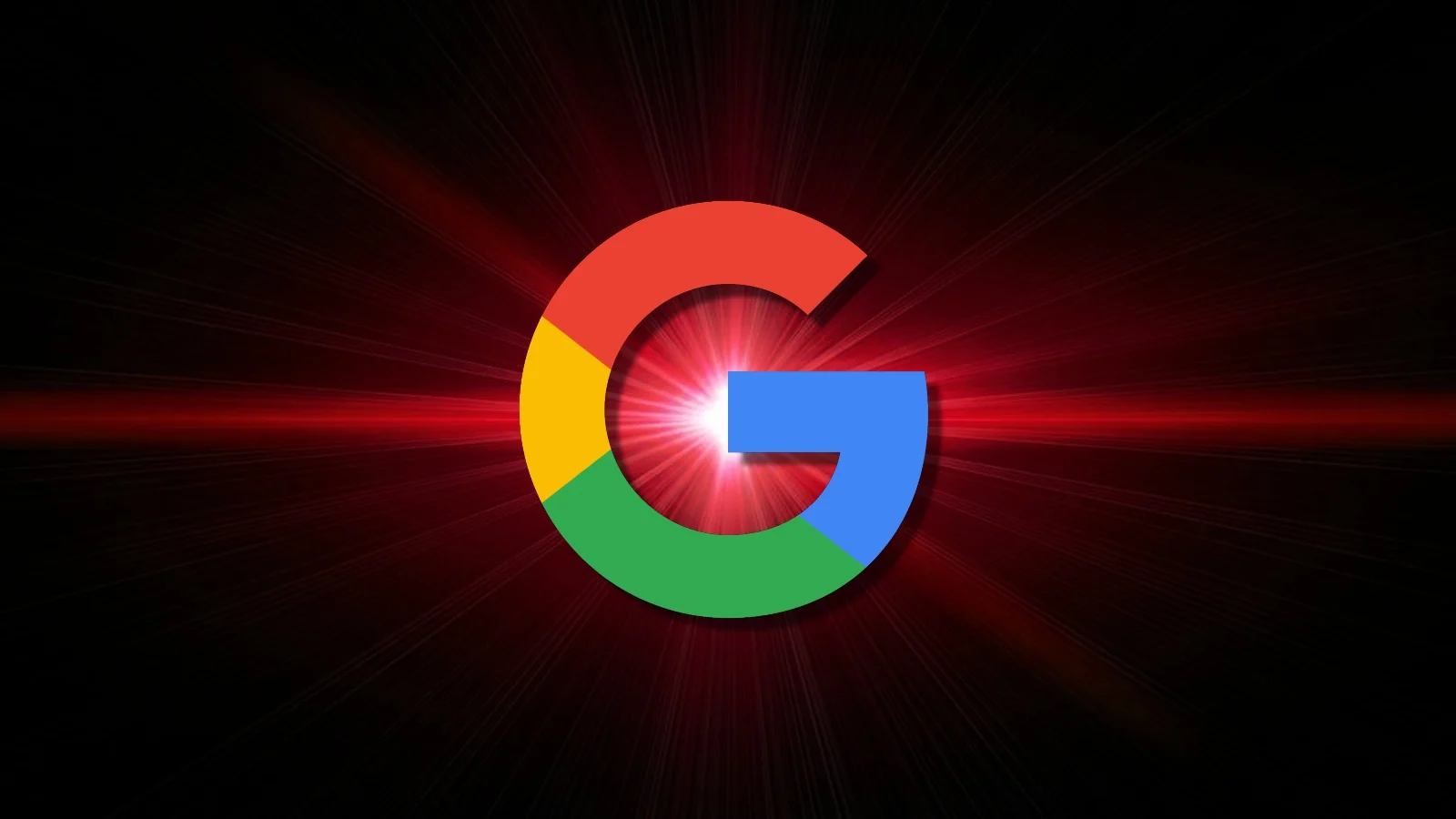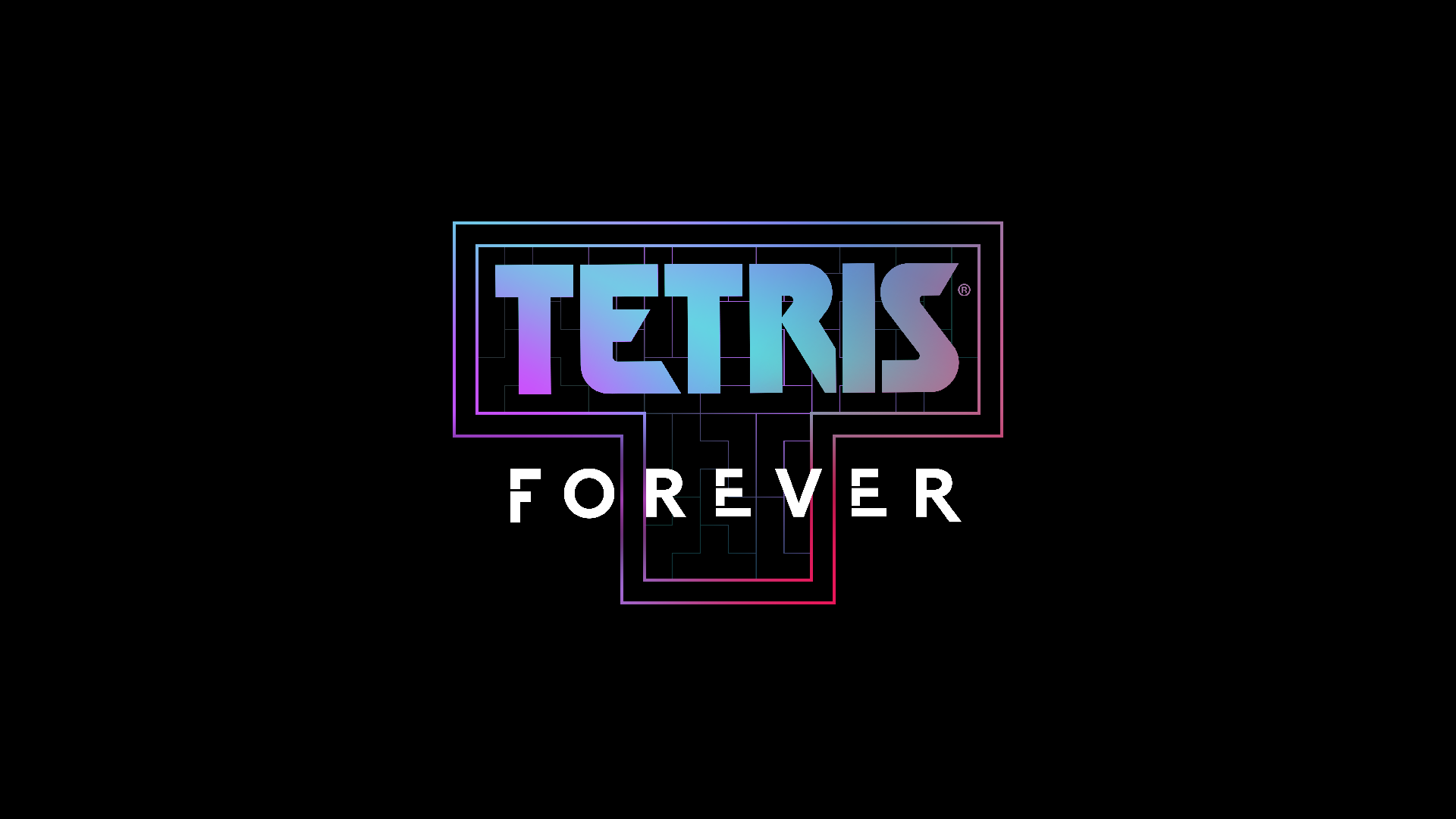Nintendo is launching a new paid version of its popular mobile game, Animal Crossing: Pocket Camp, called Animal Crossing: Pocket Camp Complete. This new app will be available for download on iOS and Android devices starting December 3rd, 2024.
Why the change?
The current free-to-play version of Pocket Camp, which relies heavily on microtransactions, will be discontinued on November 28th, 2024. Nintendo is taking this opportunity to offer a more complete and accessible experience for players with this new paid version.
Animal Crossing:
Pocket Camp Complete will have an introductory price of $9.99 until January 31st, 2025. After that, the price will double to $19.99.
Where can I get it?
The app will be available for download from the App Store and Google Play Store.
Now, let’s dive into the details of this exciting new release!
A Complete Animal Crossing Experience in Your Pocket
This isn’t just a simple update; it’s a whole new way to experience Animal Crossing on mobile. Here’s what you can expect from Animal Crossing: Pocket Camp Complete:
- Offline Play: One of the biggest changes is the ability to play offline. No more worrying about internet connection! You can now enjoy your campsite and all its activities anytime, anywhere.
- No More Microtransactions: Say goodbye to Leaf Tickets and those pesky in-app purchases! The paid version gives you access to all the game’s content without the need to spend extra money.
- All Previous Content Included: Everything you loved about the original Pocket Camp will be available in the Complete version, including all the furniture, clothing items, and events.
- Transfer Your Save Data: Don’t worry about losing your progress! You can easily transfer your existing Pocket Camp save data to the new app using your Nintendo Account.
My Thoughts: A Welcome Change for Mobile Gamers
As an avid Animal Crossing fan, I’ve always enjoyed the charm and relaxing gameplay of Pocket Camp. However, the microtransaction system often felt intrusive and limited my enjoyment. I’m really excited about this new paid version, as it promises a more complete and fulfilling experience without the pressure of constant spending. I believe this shift to a paid model could be a positive trend for mobile gaming in general, offering players a more satisfying and less exploitative way to enjoy their favorite games.
What do others think?
The response from the Animal Crossing community has been overwhelmingly positive. Many players on Reddit and Quora have expressed their excitement about the offline play and the removal of microtransactions. Some have even stated that they are willing to pay a premium price for a complete and uninterrupted Animal Crossing experience on their phones.
Key Takeaways:
- Animal Crossing: Pocket Camp Complete launches on December 3rd, 2024.
- It will be a paid app with an introductory price of $9.99.
- The app offers offline play and removes all microtransactions.
- Players can transfer their save data from the current Pocket Camp app.
Are you excited about this new paid version of Animal Crossing: Pocket Camp? Let me know in the comments below!
